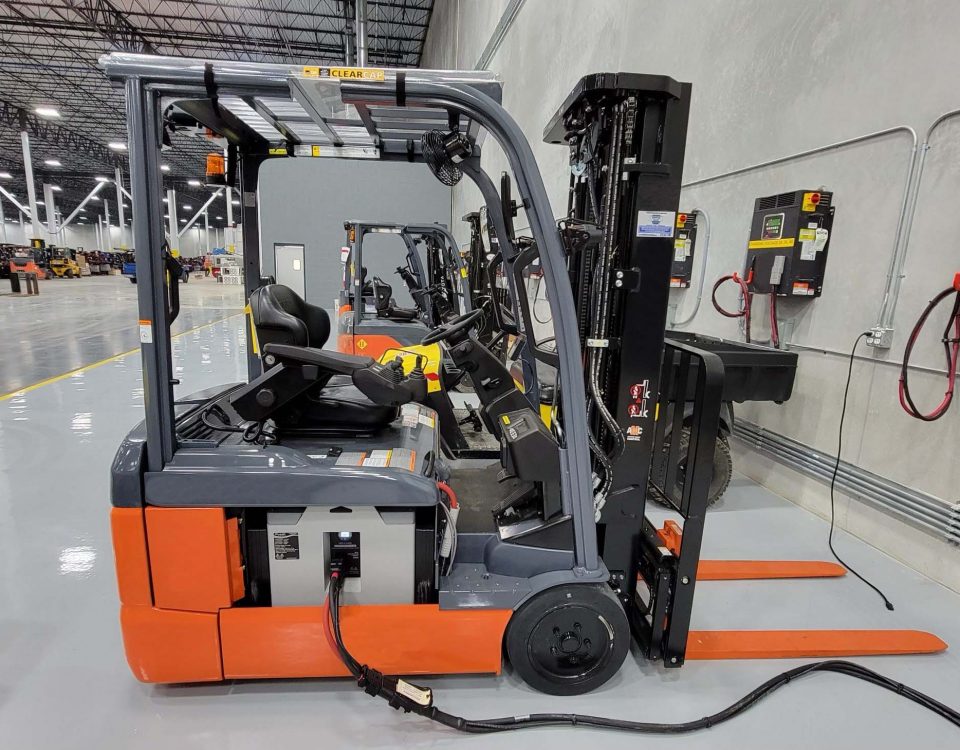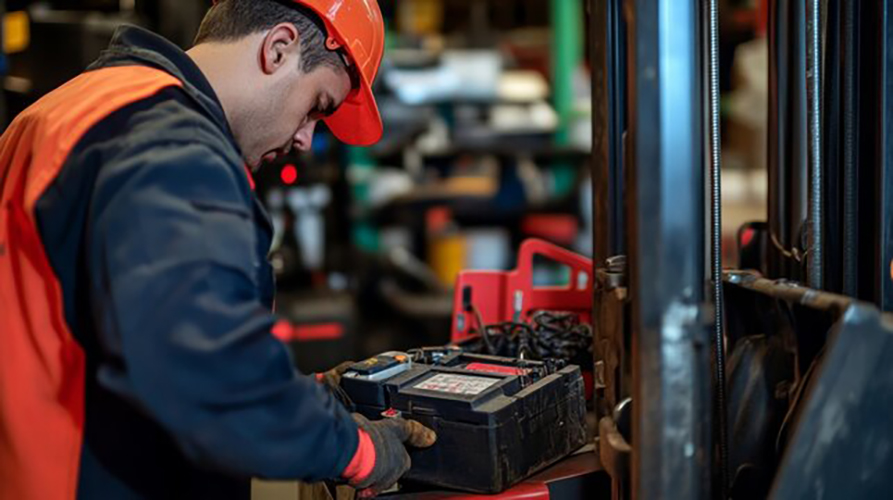As golf courses continue to modernize, one area of focus is the choice of batteries powering their golf carts. Lithium and lead-acid batteries are the two most common options for golf carts, each with distinct advantages and limitations. Understanding these differences is critical for golf course operators who want to maximize efficiency, reduce costs, and improve the overall user experience. In this article, we’ll provide an in-depth comparison between lithium and lead-acid batteries for golf carts, helping you make an informed decision on which power source is best for your fleet.
Lithium vs. Lead-Acid: A Brief Overview
Lithium-ion batteries have gained significant traction in recent years, not just in golf carts but across numerous industries. They offer a more advanced energy storage solution compared to traditional lead-acid batteries, which have been the go-to choice for decades.
Lead-acid batteries are heavier and larger, and while they are less expensive upfront, they come with notable drawbacks in terms of efficiency, maintenance, and longevity. On the other hand, lithium batteries are lighter, have a longer lifespan, and require significantly less maintenance. However, these benefits come at a higher initial cost, which is often the primary reason some golf course operators hesitate to make the switch.
Cost Analysis: Initial Investment vs. Long-Term Savings
At first glance, lead-acid batteries appear to be the more budget-friendly option due to their lower initial cost. However, the real financial picture becomes clearer when you consider long-term savings.
Lithium batteries, though more expensive initially, provide a better return on investment over time. Their longer lifespan, typically ranging from 3 to 5 times that of lead-acid batteries, means fewer replacements and lower overall maintenance costs. Additionally, lithium batteries are more energy-efficient, reducing charging costs over time. When you factor in these savings, lithium batteries can end up costing less than lead-acid batteries over their lifetime.
Lead-acid batteries, on the other hand, require regular maintenance, including adding water and cleaning to prevent corrosion. These ongoing costs, along with the need for more frequent replacements (typically every 3-4 years), make them less cost-effective in the long run.
For golf courses that use a large fleet of carts, the reduced maintenance and extended life of lithium batteries can result in significant savings, especially when considering the labor and downtime associated with maintaining lead-acid batteries.
Performance Metrics: Charging Times, Runtime, and Maintenance Needs
Performance is one of the key areas where lithium batteries far outshine their lead-acid counterparts. Let's break down the most critical performance metrics:
1. Charging Times
Lithium batteries have a much faster charging time than lead-acid batteries. While lead-acid batteries can take up to 8 hours to fully charge, lithium batteries can reach a full charge in as little as 2-4 hours. This faster charging time allows golf courses to keep their carts in rotation more frequently, reducing downtime and increasing fleet availability.
In high-demand environments, such as large golf courses that rely on continuous cart availability, the faster charging times of lithium batteries provide a clear advantage.
2. Runtime and Efficiency
Lithium batteries deliver more consistent power throughout their discharge cycle, meaning that they don’t lose performance as their charge depletes. In contrast, lead-acid batteries tend to lose power and efficiency as they near the end of their charge, which can impact the user experience, particularly on long or hilly courses.
Additionally, lithium batteries typically offer longer runtimes on a single charge compared to lead-acid, making them better suited for golf carts that are in use throughout the day.
3. Maintenance
One of the standout benefits of lithium batteries is their virtually maintenance-free operation. They don’t require the regular water refills and terminal cleanings that lead-acid batteries demand. This not only saves on labor costs but also reduces the risk of human error, which can lead to premature battery failure in lead-acid systems.
Lead-acid batteries, in contrast, need frequent checks to ensure they’re operating properly. Neglecting to perform these maintenance tasks can lead to shortened battery life, reduced performance, and in some cases, costly repairs.
Use Cases: When Lithium Excels Over Lead-Acid
While both battery types have their merits, there are specific scenarios where lithium batteries clearly excel over lead-acid. For golf course operators, the decision often hinges on these factors:
1. High-Demand Courses
Golf courses that see high traffic or have hilly, challenging terrain will benefit more from lithium batteries. The consistent power output and longer runtime make lithium batteries the preferred choice in these environments, ensuring that carts are always ready to go without performance issues as the battery depletes.
2. Continuous Usage and Fast Turnarounds
For courses that require rapid turnover of carts, lithium batteries are a better fit due to their quick charging times. With a significantly reduced charging time, carts can be put back into service much faster, reducing the number of carts needed to meet demand. This is particularly valuable for golf courses with limited cart fleets.
3. Minimal Maintenance Requirements
If a course has limited staff or wants to reduce the time spent on battery maintenance, lithium batteries are the clear winner. The lack of regular maintenance required makes them ideal for operations that want to minimize labor costs and the risk of battery damage due to human error.
4. Environmental Considerations
For operators looking to reduce their environmental footprint, lithium batteries offer a more eco-friendly solution. They are more energy-efficient and typically have a longer lifespan, meaning fewer batteries are discarded over time. Additionally, lithium batteries do not contain harmful chemicals like lead and sulfuric acid, which are found in lead-acid batteries and can pose environmental hazards if not disposed of properly.
Conclusion: Making an Informed Choice for Your Golf Cart Fleet
The choice between lithium and lead-acid batteries for golf carts ultimately depends on the specific needs of the golf course. While lead-acid batteries may be appealing due to their lower upfront costs, the long-term savings, superior performance, and low-maintenance benefits of lithium batteries make them an increasingly popular choice.
For golf courses aiming to enhance operational efficiency, reduce costs over time, and provide a better user experience, lithium batteries are the way forward. As technology continues to evolve, the future of golf cart power lies in the superior capabilities of lithium batteries.
About RICHYE
RICHYE is a leading manufacturer of high-quality lithium batteries, providing innovative solutions across a range of industries, including golf carts. Known for their superior performance, reliability, and cost-effectiveness, RICHYE’s lithium batteries are designed to meet the highest standards of quality and safety. With RICHYE’s lithium battery solutions, golf courses can benefit from longer runtimes, faster charging, and minimal maintenance, ensuring that their fleet operates efficiently and effectively, all while reducing overall operating costs. For golf course operators looking to upgrade their battery systems, RICHYE is a trusted and reliable partner in powering the future.
By weighing the pros and cons of each battery type and considering factors like performance, cost, and maintenance, golf course operators can make an informed choice that best suits their operational needs. Whether you choose lithium or lead-acid, understanding the full impact of your decision is key to maximizing the potential of your golf cart fleet.




